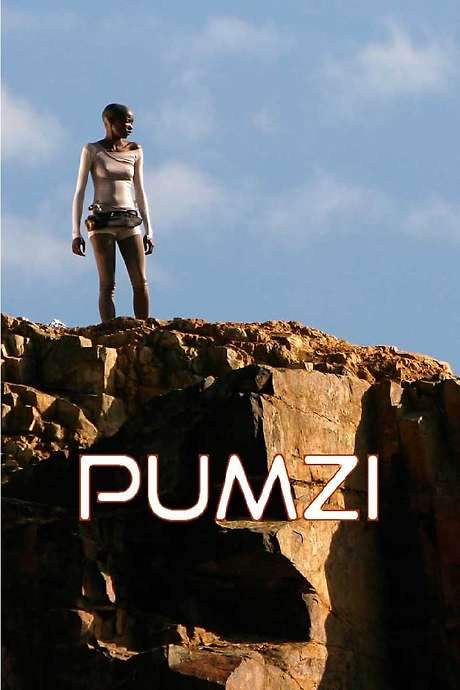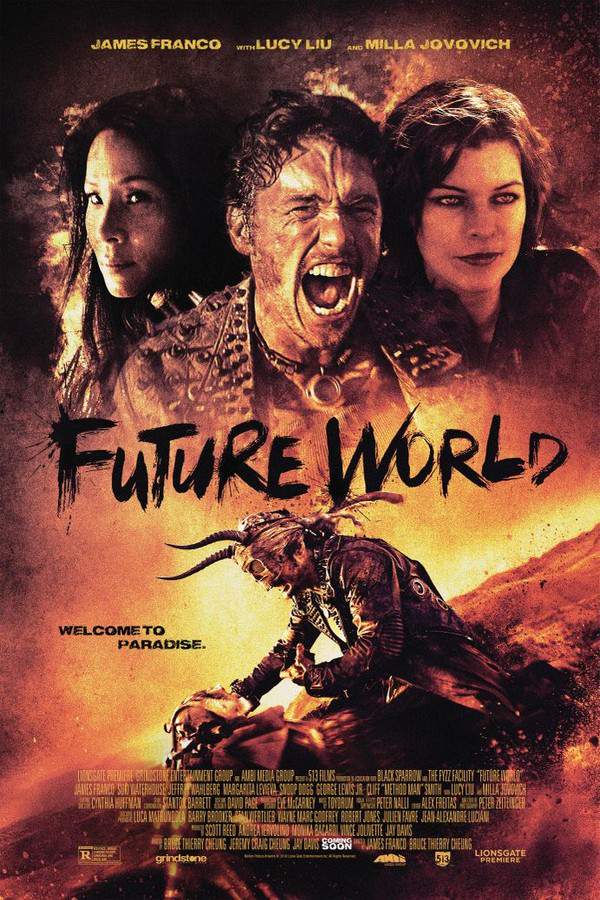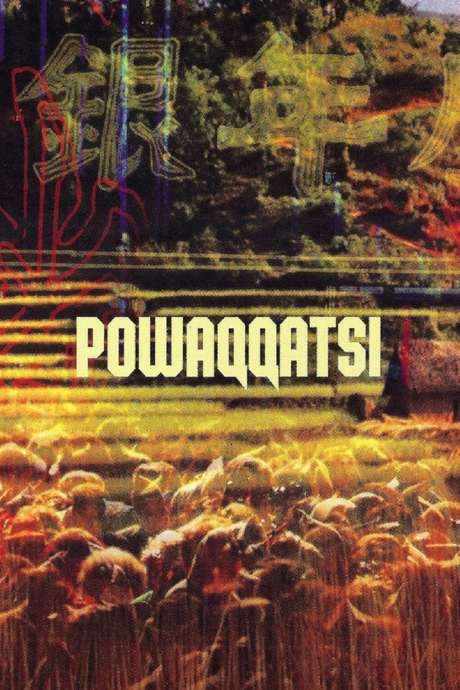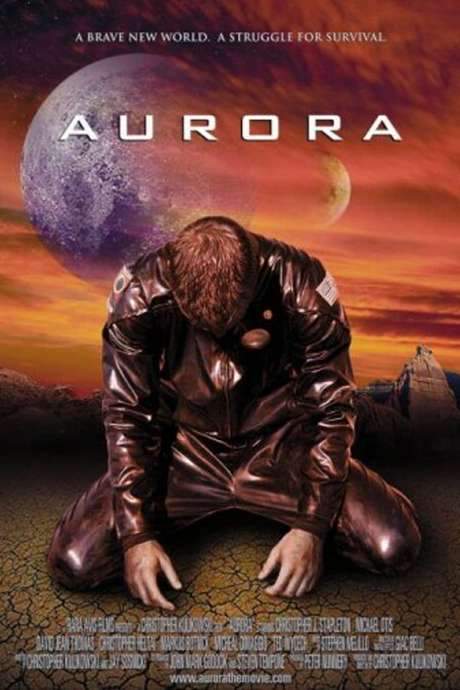Warning: spoilers below!
Haven’t seen Pumzi yet? This summary contains major spoilers. Bookmark the page, watch the movie, and come back for the full breakdown. If you're ready, scroll on and relive the story!
Pumzi (2009) – Full Plot Summary & Ending Explained
Read the complete plot breakdown of Pumzi (2009), including all key story events, major twists, and the ending explained in detail. Discover what really happened—and what it all means.
Pumzi unfolds in a meticulously controlled future, set within the Maitu community of the East African Territory, 35 years after World War III or The Water War. In the Kikuyu language, the word Maitu hints at both truth and kinship—a sense of “our truth” that doubles as a kind of mother-tied lineage. The narrative centers on a seedpod of the Mother Tree kept in a glass jar, a symbol of hope tucked away in a world that keeps its inhabitants tightly corralled. The opening visuals frame a place of quiet power and measured elegance: expansive spaces, city-scape-adorned windows, and corridors that are clean, bright, and almost clinical. Yet beneath the sheen, the community is small, heavily surveilled, and hemmed in by harsh conditions, limited resources, and pervasive radiation fears. As the camera follows Asha through a sunlit hallway, we sense not a sprawling metropolis but a compact, contained world that functions with clockwork precision.
The entire Maitu settlement runs on stubborn, human-powered energy. Treadmills and rowing machines generate power, producing no pollution, while every citizen is allotted a scant daily amount of water. Waste is not wasted here: even the most ordinary bathroom routine—urine and sweat—gets recycled and stored in a personal water bottle, underscoring a culture of scrupulous conservation. The atmosphere is one of serene efficiency, where every action is measured, every resource rationed, and every movement choreographed to preserve life within the walls of this self-sufficient enclave.
Into this controlled reality comes a spark of possibility. The curator of the Virtual Natural History Museum, Asha, receives an anonymous package containing a small soil sample. Her initial tests are clinical: no radiation, but a surprising richness in moisture. Using specialized equipment and a deep, instinctive sense of inquiry, she experiences something more—an inward, visceral perception that latches onto a vision of water and a green tree. It is as if the soil is whispering that life might endure beyond the borders of Maitu, beyond the filters and alarms that keep everyone in line. This dual signal—scientific data and a subjective, almost see-through dream—drives her to believe that life exists outside the community’s walls, waiting to be found.
When Asha tries to press the point with the Maitu Council, the stakes become clear. The Council, three women who govern the land and its rules, dismiss her vision as nothing more than a dangerous dream. To them, the dream is a threat to the fragile equilibrium that sustains Maitu. In a dramatic act of demonstration, Asha places her hand on a scanner, and the machine projects the vivid image from her dream—the green tree and the pool of water—from within Maitu’s anxieties into the room. The Council remains skeptical, refusing visas to “dreams” and labeling Asha as sick. They deploy a security team that obliterates evidence, and the enforcers compel Asha to produce energy on one of the machines, exposing a darker, coercive side to the community’s self-sufficiency. The tension between credibility and control intensifies, revealing a system that prizes order over the uncertain promises of the outside world.
In a bid for freedom, Asha finds an ally in a bathroom attendant who helps her slip out into the harsh, outside sunlight. For the first time, she encounters a landscape dominated by plastic waste and a wrecked, impersonal beauty. With ingenious improvisation, she fashions foot coverings and a head scarf from the refuse she encounters, turning junk into shelter against sun and wind. The city’s surplus waste—bags of garbage hurled into the surrounding terrain—serves as a stark, almost satirical reminder of Maitu’s hard-won lessons about resourcefulness. Guided by a compass toward the origin of the soil sample, Asha ventures into the unknown, her resolve hardening with every step.
What follows is a quiet, physical pilgrimage. Asha discovers the tree of her dream in a mirage-like vision, only to find nothing truly alive in the immediate surroundings. Undeterred, she digs a hole in the sunbaked sand, plants the Mother Tree, and pours the last of her water onto the delicate sapling, followed by her own sweat. She lies down to shelter and nurture the bud, a symbolic pledge to sustain new life through care and patience. The camera pulls back, and the world rotates—then widens—revealing a dramatic reversal of the opening: a tree grows rapidly, seemingly sprouting from within Asha herself, as if life finds a way to break through even the most fortified boundaries.
The film closes on a note of defiant hope. The Mother Tree, once small and hidden, begins to assert its presence in the landscape, suggesting that the barrier between Maitu and a possible, greener future might be bridged not by force, but by perseverance, curiosity, and a stubborn belief in renewal. It’s a story of containment and longing, of systems that sustain themselves by conserving every drop of water and every breath, and of a solitary act of faith that turns into a shared, living possibility. In this subtle utopian fable, the question lingers: can a single seed grown from a dream become the seedbed for a living world beyond the walls?
Last Updated: October 09, 2025 at 10:42
Unlock the Full Story of Pumzi
Don't stop at just watching — explore Pumzi in full detail. From the complete plot summary and scene-by-scene timeline to character breakdowns, thematic analysis, and a deep dive into the ending — every page helps you truly understand what Pumzi is all about. Plus, discover what's next after the movie.
Pumzi Timeline
Track the full timeline of Pumzi with every major event arranged chronologically. Perfect for decoding non-linear storytelling, flashbacks, or parallel narratives with a clear scene-by-scene breakdown.

Characters, Settings & Themes in Pumzi
Discover the characters, locations, and core themes that shape Pumzi. Get insights into symbolic elements, setting significance, and deeper narrative meaning — ideal for thematic analysis and movie breakdowns.

Similar Movies to Pumzi
Discover movies like Pumzi that share similar genres, themes, and storytelling elements. Whether you’re drawn to the atmosphere, character arcs, or plot structure, these curated recommendations will help you explore more films you’ll love.
Explore More About Movie Pumzi
Pumzi (2009) Scene-by-Scene Movie Timeline
Pumzi (2009) Movie Characters, Themes & Settings
Pumzi (2009) Spoiler-Free Summary & Key Flow
Movies Like Pumzi – Similar Titles You’ll Enjoy
Waterworld (1995) Complete Plot Breakdown
Future World (2018) Film Overview & Timeline
The Unseen (2017) Movie Recap & Themes
Acquária (2003) Film Overview & Timeline
Zombies (2019) Film Overview & Timeline
World Gone Wild (1987) Movie Recap & Themes
Dreaming of Paradise (1987) Plot Summary & Ending Explained
Earthbound (2021) Story Summary & Characters
Powaqqatsi (1988) Full Summary & Key Details
The Water Will Regret You (2021) Film Overview & Timeline
Amoeba (2021) Detailed Story Recap
Z.P.G. (1972) Detailed Story Recap
The Airzone Solution (1993) Film Overview & Timeline
The Water Murmurs (2022) Spoiler-Packed Plot Recap
Aurora (1998) Full Summary & Key Details


















